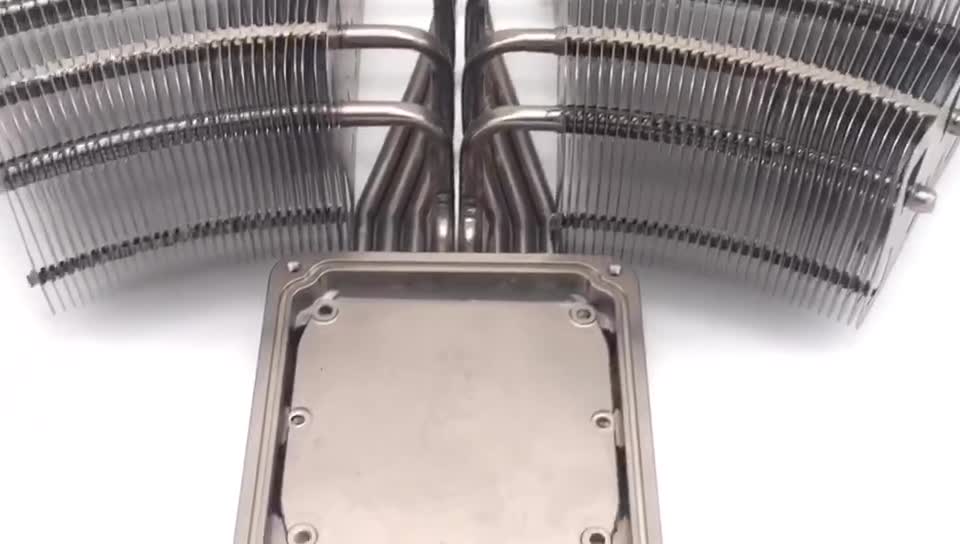A heat pipe heatsink is a device that helps dissipate heat from a computer’s processor. They come in a variety of sizes and shapes, so it can be tough to determine which one is right for your needs. In this article, we will discuss the different types of heat pipe heatsinks and help you decide which one is best for you.
Heat pipe heatsinks are a great way to cool your computer and keep it running smoothly
They work by transferring heat from the processor to the fins on the heatsink. This allows the air to flow more easily around the heatsink, which in turn helps to cool the processor down. There are a number of different types of heat pipe heatsinks available, so it is important to choose the one that is right for your needs.
Some Heatpipe heatsinks come with a fan, while others do not. If you are looking for a heatsink that comes with a fan, be sure to choose one that has a high CFM rating. This will ensure that the fan can move a lot of air and keep the processor cool. If you do not need a fan, be sure to choose a heatsink that has a high thermal conductivity rating. This will ensure that the heat is transferred from the processor to the fins quickly and efficiently.
No matter which type of heat pipe heatsink you choose, it is important to make sure that it is properly installed. Failing to install the heatsink correctly can cause damage to your computer and may even void your warranty. Be sure to read the instructions carefully and follow them closely. If you are not comfortable installing the heatsink yourself, ask a friend or family member to help you out.
There are a few different types of heat pipe heatsinks, so you need to find the right one for your needs
The most common type is the tower heatsink, which has a vertical design and typically contains multiple heat pipes. This type is best suited for larger processors and cases. If you have a smaller processor or case, you may want to consider a horizontal or low-profile heatsink. These designs are less common, but they can be more effective in smaller spaces. Finally, some heatsinks come with built-in fans, while others rely on you to provide your own. If you’re looking for a heatsink that is easy to install and doesn’t require any additional hardware, a model with a built-in fan is probably the best option for you. However, if you’re looking for the best possible heat pipe heatsink cooling performance, you may want to choose a heatsink that requires a separate fan. This will give you more flexibility in terms of choosing the right size and type of fan.
The size and shape of the heatsink are important, as well as the location of the fan
When choosing a heatsink, you must consider the size and shape of the heatsink as well as the location of the fan. Larger heatsinks are better at dissipating heat, but they can be more difficult to install. Heatsinks with taller fins are also better at dissipating heat, but they can take up more space. Heatsinks with more than one fan are also available, but they can be more expensive. You must also consider the compatibility of the heatsink with your motherboard and processor. Some heatsinks are designed for specific processors, and some are not compatible with motherboards that have a heatsink retention mechanism. Make sure to research the compatibility of the heatsink you are interested in before purchasing.
